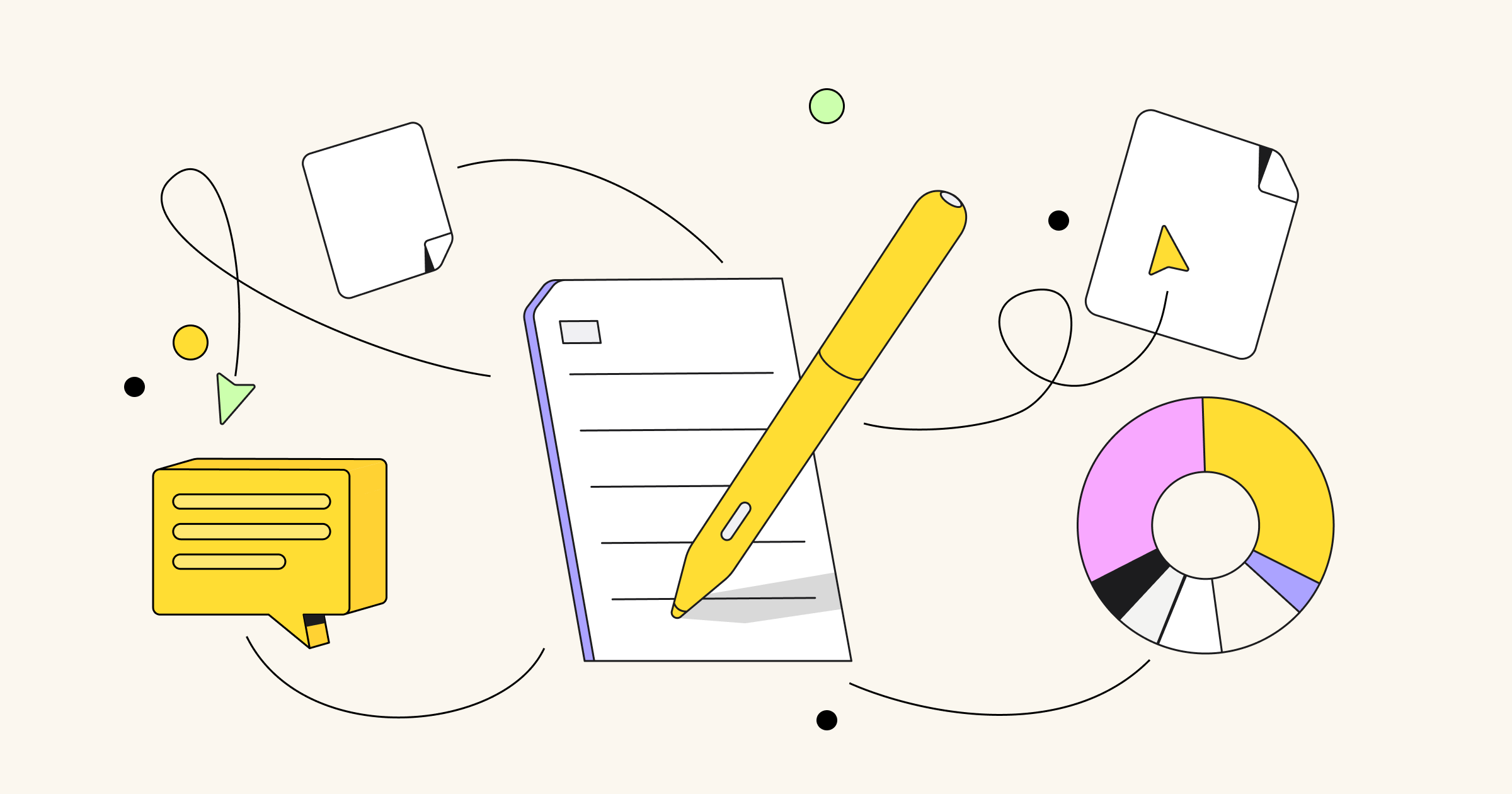Design is one of those things that can be delightful when it’s well executed but absolutely infuriating when it’s badly done. The unfortunate reality is that we’re living in a world with bad design all around us. Just think of incomprehensible airport layouts or blister packaging.
On the other hand, there are also countless examples of good design. Consider the user friendliness of Apple’s iPhone or the timeless appeal of the Eames lounge chair. Some of the world’s most successful products have been created with lots of attention to their design, making it clear that there’s a commercial benefit to producing things that are beautiful and easy to use.
But what exactly is the business value of design? International consulting firm McKinsey spent five years conducting the most comprehensive research ever done on which design actions by business executives lead to increased value. By tracking 300 publicly listed companies across multiple countries and industries and combining this data with advanced regression analysis, they determined the 12 design actions that shape the financial performance of a product. These were then clustered into four themes that broadly define what it means to have good design that powers financial performance. The researchers also came up with the McKinsey Design Index (MDI), which “rates companies by how strong they are at design and—for the first time—how that links up with the financial performance of each company.” The bottom line? High MDI correlates with higher financial success, but a lot of companies still need to catch up.
The state of design in business
Analytical leadership
It can’t be overstated how important smart leadership is for good design, including measuring and driving performance, revenue and cost. Design leaders can’t be treated like second-class citizens. This prevents problems from being solved and leads to executive decisions being made based on gut feeling rather than concrete evidence.
The companies with the best financial returns have a bold, design-centric vision that’s clearly embedded in the top teams. When you incorporate an explicit vision about the importance of design in the C-suite, the entire company is much more likely to reap the financial benefits.
As evidenced by the McKinsey research, most companies don’t measure their design with the same rigor as time or cost. This is surprising given how easy it is to incorporate analytics that gather user feedback (such as satisfaction ratings and usability assessments), which can then be used to build a better product. Businesses must realize the importance of these metrics, as even small design changes can have a big impact on their revenue.
Cross-functional talent
People make a company, and the things those people do strongly influence its financial success. The research showed that nurturing the top design talent – the 2% of employees who make outsized contributions to the business – is of paramount importance. This means more than just offering them bonuses or promotions; it’s about giving them the freedom to work on projects that they’re passionate about, opportunities for public speaking and other meaningful perks.
The setup of design teams matters too. The top-performing companies all break down functional silos and integrate designers with other functions. On top of that, it’s also critical to invest in the right design tools and infrastructure in order to drive productivity and accelerate design iterations. Doing great work requires great tools, and it’s important not to skimp on those.
Continuous iteration
Design teams often see the best results from combining quantitative and qualitative user research; for example, using both conjoint analysis and ethnographic interviews. Combining these with market reports, patent scans and other signals gives a 360-degree view of what’s needed to keep development standards high.
But of course, you can’t just keep staring inwards. Instead you need to integrate the user, business, competitors and technological research. The most successful companies have made it a habit to share early prototypes with outsiders, celebrating embryonic ideas and enabling teams to focus on shipping rather than getting stuck trying to perfect internal mock-ups.
The recommended workflow is to test, refine and repeat as fast as possible. Key to this approach is realizing that a product is never really done, not even when it’s launched to the public. If people use your product differently than expected, you can incorporate this feedback in the next release. Take for example the Apple Watch, which pivoted to a health device in its later iterations.
User experience
At the end of the day, it’s all about the user experience. If the buyer can’t use the product without much trouble, why bother buying it in the first place? That’s why it’s important to start designing with the user rather than the spec: simply because it promotes usable, human design. When all of this is merged in a seamless physical and digital user experience and combined with smart integration of third-party products and services, you’ve taken the right steps to ensure a good experience for your end users.
All in all, these guidelines give good insight on how to run a company that’s optimized to reap the benefits of good design. That doesn’t mean you should implement all of these measures immediately. It’s important to pick and choose the ones that could have the biggest impact on your business and think about how you could make changes to existing processes.



